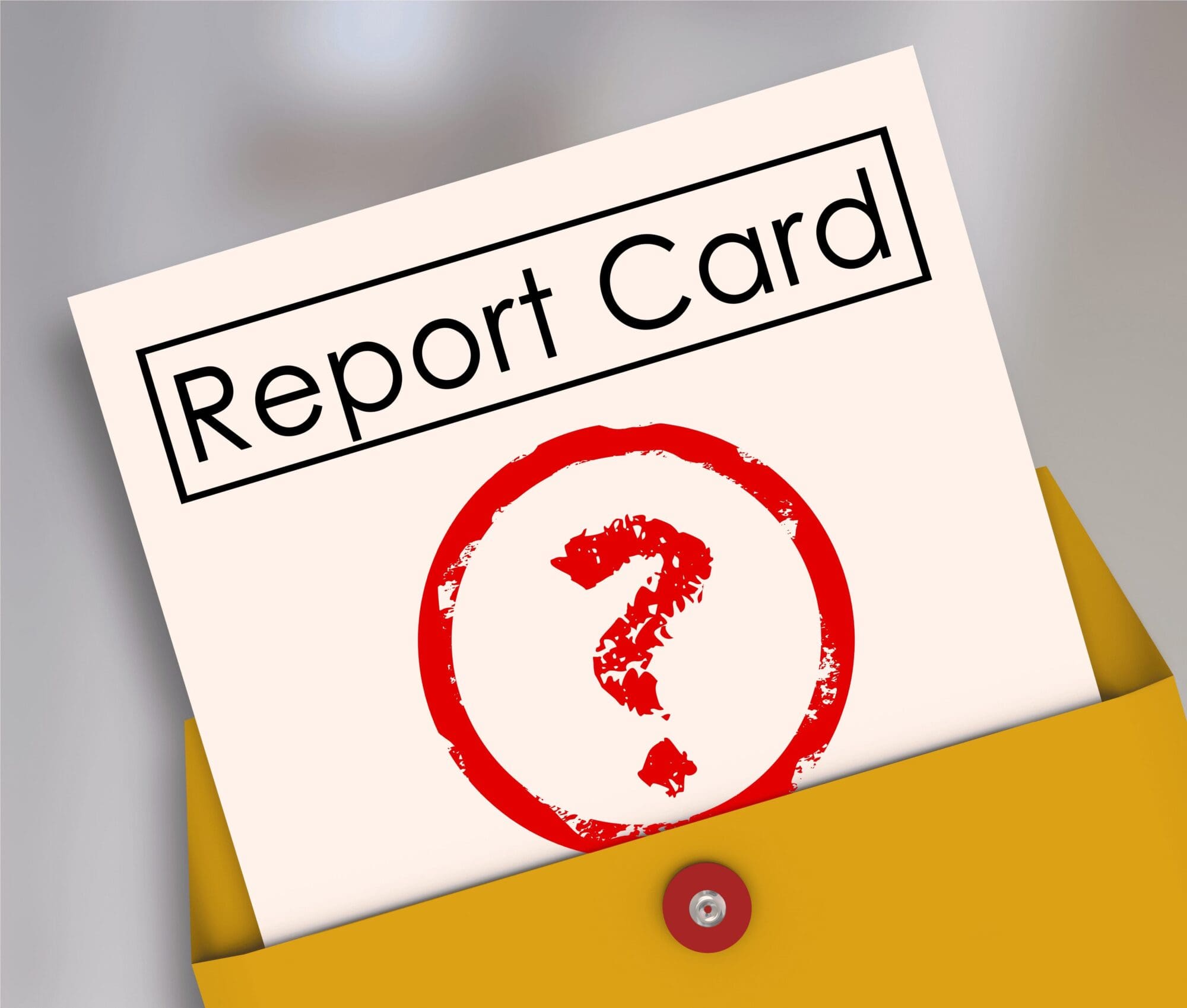Many cities have jumped on the bandwagon of renewable energy initiatives in recent years.
In Central Texas alone, Austin, Georgetown, and now San Antonio—who all maintain a municipally owned electricity provider from which their residents are forced to purchase electricity—have pursued “green” initiatives in a highly touted trend toward the increased use of renewable energy sources.
These initiatives have inevitably led to both poor investment decisions on the part of cities and higher costs for consumers, consequently costing residents millions and further reducing the reliability of the electric grid.
Behind these initiatives are government subsidies, such as the Production Tax Credit (PTC), which have allowed renewable energy producers to charge an extremely low price—even at times charging a negative amount—for their energy.
While this may seem like a good deal on its face for energy consumers, the reality is that these same residents are paying huge amounts in taxes to fund these incentives. Cost estimates of taxpayer subsidies for renewables in Texas show the cost to be as high as $36 billion from 2006 to 2029, when the PTC is (currently) scheduled to expire.
In addition to the impact of subsidies, residents are also footing the bill in other ways for poor investment decisions made by cities in efforts to “go green.”
For example, the City of Georgetown, home to a mere 71,000 residents, spent an extra $32.7 million over-budget for renewable energy production across the years 2016 to 2018. The city clearly underestimated the associated costs of its 100 percent renewable initiative.
Not to be outdone by its northern neighbor, Austin built its now failed biomass production plant to provide renewable energy to the city—of which it did for a whole two months—at a cost to Austin residents of $838 million over the course of the project. This includes a $460 million buyout of the 20-year contract, which was originally worth $2.3 billion.
In addition to this costly malinvestment of tax dollars, Texas residents also face heightened threats of energy shortages as the use of renewables increase.
This is because of another fundamental problem with renewables—wind and solar generation are inherently intermittent. The wind does not always blow, and the sun does not always shine. Also, the energy from renewable sources cannot be effectively stored for use at times of peak demand. Therefore, much of the energy generated by these plants—when they are actually generating—goes to waste and is not available when it is needed most.
In addition, renewable generation plants are typically located in lower-populated areas away from the greatest demand, so the electricity must be transmitted over vast distances to reach the market. This results in a heightened threat of congestion problems, not to mention the $14 billion cost that Texans are paying for the transmission.
Finally, the extremely low prices for renewable energy—as a direct result of subsidies—are resulting in much less investment in reliable and affordable generation powered by natural gas and coal; this is placing a huge strain on the grid.
Coal and natural gas are more efficient and reliable compared to their renewable counterparts. However, because these producers are being forced to lower their prices dramatically in order to compete in the market, the reserve margin—the difference between the supply and demand of electricity—may be as low as 7.4 percent this summer. This record low could potentially lead to intermittent power shortages across the state.
The Texas Legislature can mitigate the problems by eliminating the preferential treatment Texas currently affords to renewables. In addition to doing this at the state level through the Public Utility Commission, it can also take away the power of cities to impose costly, inefficient initiatives upon its residents simply to support the latest environmental fads.
Taking these steps will allow the market to provide more affordable and reliable energy for all Texans.
This is a commentary submitted and published with the author’s permission. If you wish to submit a commentary to Texas Scorecard, please submit your article to submission@texasscorecard.com.




